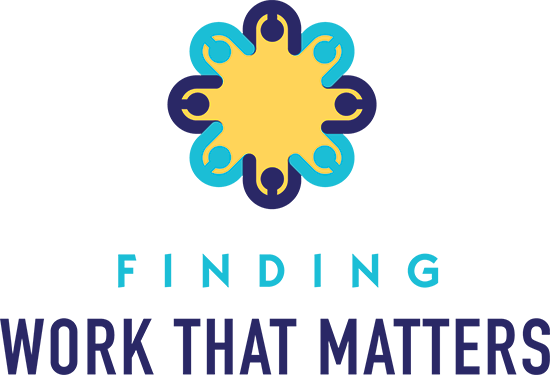Saying farewell to 2018 and howdy to 2019
/Isn’t it perfect when you notice a gift right when you are in the middle of it?
Mine was time. Between Christmas and New Year’s. Where there were things to do but nothing that had to be done. Where I could move at my own pace. Where there was a settling after all the Christmas excitement.
There was breathing space.
What a gift it was to just sit with what is. I continued my daily practice of writing down “10 Things…..” One day I wrote 10 ways I would like to focus my energy in the next year.
A few hours later, it was clear that there were items I had left off the list. That is the gift of breathing space. A time for percolation.
On this last day of 2018, I am thinking ahead and back.
Later today, I will do my last-day-of-the-year ritual, writing about what happened in 2018. Tomorrow I will move on to 2019.
I have already begun the process. I reviewed the goals I set for 2018. My achievement rate was 56%. This is a pretty low. If the percentage is in the 70s, I see that as pretty successful. But 56% is not. According to the Internet, a 56% rate is a F.
Some of the goals were pretty lofty (doing 2 presentations) but then I didn’t really try. Others didn’t make sense. Anymore.
As one who has a dislike-hate relationship with goal setting, here is some thoughts for others in the struggle:
1. Moving Targets
Life changes. Where you want to focus your time and energy is anything but static. I still like the idea of writing down goals at the beginning of the year. But if they don’t make sense down the line, they need to be shucked.
I have a thought for my next year – looking at the goals that I set at the beginning of the year a few times during the year (no more than 4). What needs to be brought to the surface. What needs some amending. I am going to try that. And let you know how that works.
2. Pick a word or a phrase for the next year
What resonates with me is using a guidepost for the upcoming year. For sure, I want it to be inspirational and in alignment with where I am.
One year I picked the phrase, “Be courageous and be brave.” There was a lot of upheaval ahead, some difficult conversations and serious letting go. I carried that phrase with me every day.
I so appreciate the work of Danielle LaPorte who says that what we are seeking is a feeling. Her book, The Desire Map, outlines a process of uncovering your Core Desired Feelings. Our CDFs will ignite us.
Here’s what she has to say about following what you love:
Your pleasure is your power. In relationships. In business. In service of the greater good. Doing more of what you love helps you be more loving, think more clearly, and be more resilient.
Previously in this blog, I have talked about my end of the year process. It is a compilation of ideas that I have gathered over the years that works for me. I have done some tweaking but the format works.
Here is the blog posting:
Year End Review
I have a journal devoted totally to the purpose of year-end review. 2018 is the 24th year of me writing in this book. After 24 years, I would say that is a strong attestation!
What do I get from writing the process? I see birds-eye view of what happened in the last year. Lots of revelations!
Recently I heard that one of the great abilities of being a human is our ability to reflect. That makes a lot of sense to me. It is through our reflections that we can see:
our mistakes – what we have learnt, what not to repeat and what we might want to adjust
what needs improvement
how far we have come
what is most important to us – from an experiential perspective
In the spirit of that reflection, I found a cool tool for year-end reflection and planning for the next year. It’s a free downloadable booklet Check it out here:
Year Compass.
I would love to hear how you end one year and begin another. Any traditions??













